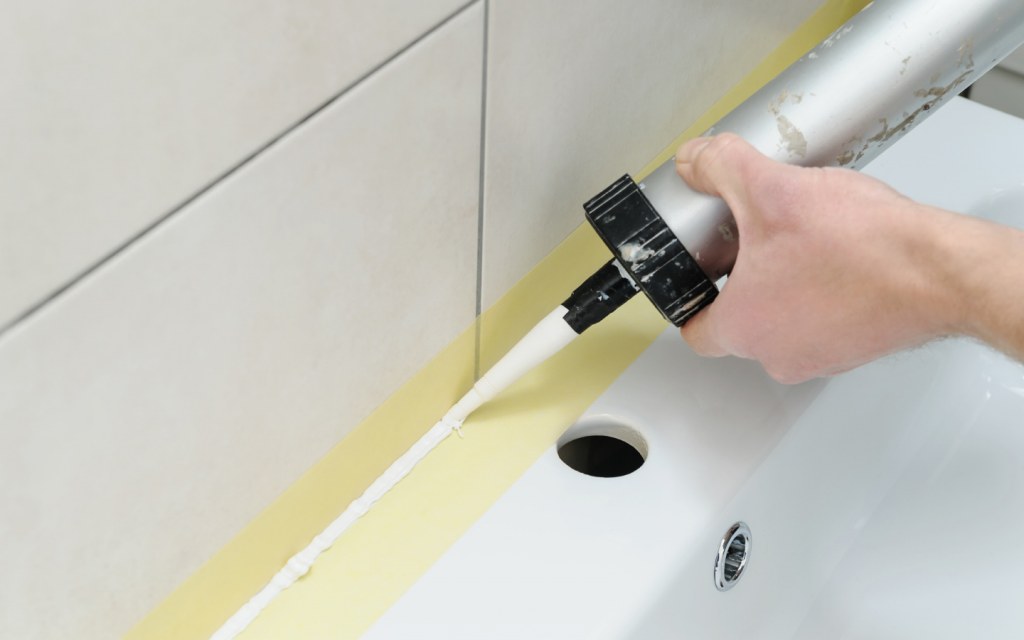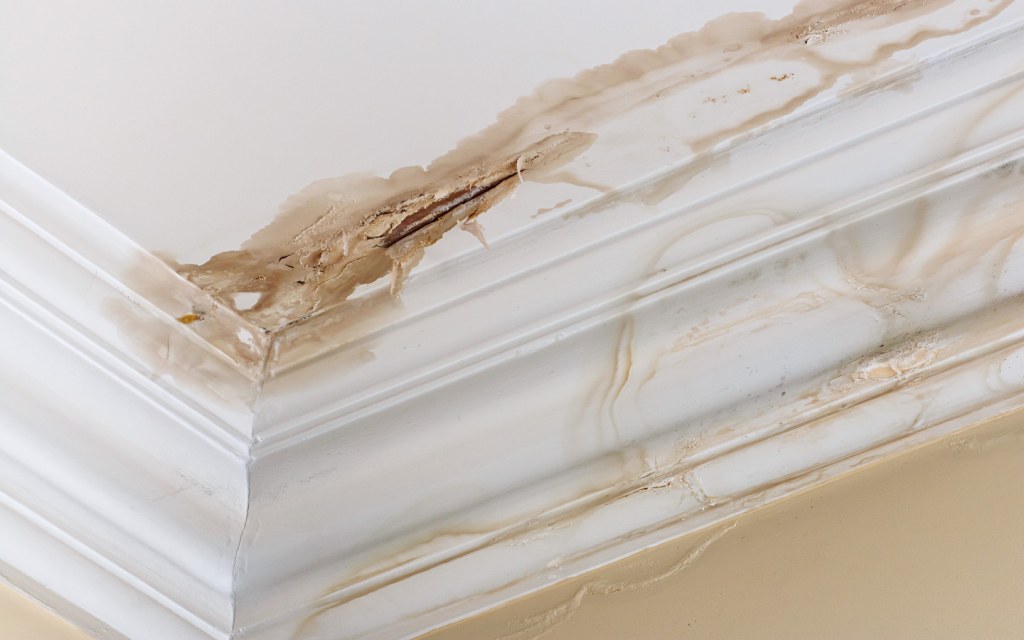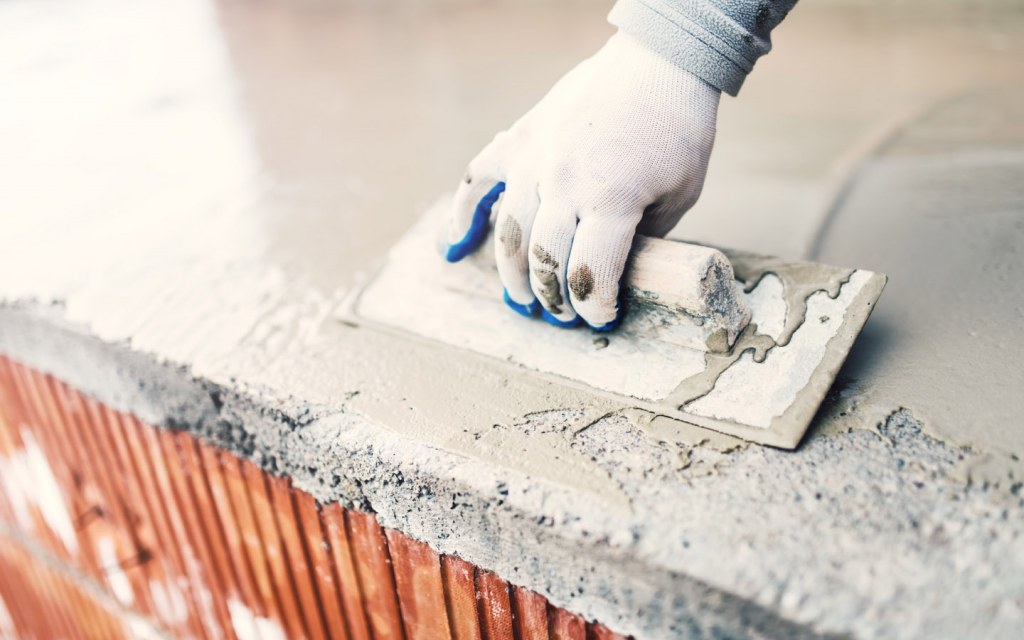Whether you are constructing a house or are planning to renovate it, you should think about ways to waterproof your walls and protect them from moisture.
This is especially important for those who live in the areas that receive a lot of rainfall or experience extreme humidity, as these weather conditions can cause your walls to stay damp for a long time and cause moisture to travel through the layer of paint and affect the internal structure. Not only will it make your house look ugly, but it can also lead to mould infestation and cause irreparable structural damage. This can threaten the foundation of your home.
Therefore, if you don’t want to spend big bucks and a significant amount of time fixing your home, consider waterproofing your walls to avoid any such trouble. Although there are several ways to waterproof a wall, it is advisable to hire a professional to take care of the problem instead of going the DIY-route and ending up with a home improvement disaster that could be much more expensive and time-consuming to fix.
In addition to that, an adequately waterproofed house may have higher resale value on the market. Waterproofing your walls is also a great way to prevent mould growth during the monsoon season and keep your family healthy and safe.
What Parts of Your House Need to Be Waterproofed?

If you want your house to remain structurally sound, you need to waterproof all areas that are susceptible to water damage. These parts of your home require thorough waterproofing:
Exterior walls
The outer walls of your house are exposed to wind, rain and even snow, depending on where you live. If you want to protect the overall look of your house as well as take care of its structure, it’s important to waterproof exterior walls.
Basement
Basements are generally prone to flooding due to a number of factors, such as groundwater seepage and pipe leakages. Since the basement is closest to the foundation, waterproofing basement walls can protect your house from any foundational damage.
Bathrooms
Given that this part of your house has the most contact with water, waterproofing bathroom walls will protect them for seepage and mould infestation.
Roofs
Waterproofing your roof will ensure it is not affected by extreme weather conditions, such as rainfall, snow and hailstorms. A severely damaged roof can even collapse and cause irreparable damage to your property.
Balconies
Owing to the fact they are quite exposed to rain and snow, balconies are very vulnerable to water damage and thus need to be waterproofed.
Signs You Should Waterproof Your Walls

Here are some crucial signs that you need to consult an expert and start waterproofing your walls.
- Your house smells musty and damp
- There is visible mould infestation
- You can see water stains on your wall and ceiling
- The paint or wallpaper is peeling off in places
- There are cracks in your walls
- Your walls are bowing down
Moisture accelerates mould growth in homes, which can cause several respiratory issues among adults and children alike. It can also be one of the things making you sick inside your home by causing severe allergic reactions.
Ways to Waterproof a Wall

There are a number of waterproofing products available in the market enabling homeowners to take care of their walls all by themselves. However, if you’ve never taken on a similar home improvement project before or have no prior construction and renovation experience, it’s best to leave this matter to experts.
Several companies across waterproofing services. While their rates and techniques may significantly differ, they all more or less use similar material for desired results.
Depending on which part of your house you are waterproofing, these are some of the products most likely to be used.
Waterproof Concrete Coating
It is a cement-like coating that can be applied on the surface of walls without having to peel off the paint. This type of coating, which is essentially a waterproofing membrane with polymer modified cement top, is an easy solution to all your seepage and dampness problems.
This type of waterproof coating is generally used for interior walls, especially in the bathrooms. It is one of the best ways to waterproof the basement walls.
Waterproof Paints
Waterproofing paints for exterior walls usually look just like regular paints. However, they are far more durable against rain and heat. They are also easy-to-use and can be applied by anyone using a paint roller.
If applied properly, waterproof paints create a barrier on the surface of the wall, keeping them safe from moisture and fungus. For better results, use waterproof primer on your bare walls before applying a fresh coat of paint.
There are three main types of paints available in the market to waterproof a wall.
- Masonry Paints
- Acrylic Paints
- Epoxy Paints
These paints work great when it comes to waterproofing exterior walls and even bathrooms. But they probably won’t provide adequate waterproofing for basements and roofs.
Moreover, refrain from applying waterproof paint (or any other type of waterproof coating) on top of a damp wall. You first need to determine and eliminate the problem before taking such preventive measures.
As for your interior walls, don’t forget to read our tips on choosing the perfect paint finish for different rooms in your home.
Silicone Waterproof Sealant
Silicone Waterproof Sealant, along with PVS-like water seal tape and waterproof grout, is a great way to waterproof the sink area in your kitchen and bathrooms. You can use this product to seal the joints between your sink and the wall to keep moisture away. This sealant, which can be applied by the homeowner as well, is usually used around toilets, bathtubs and even windows.
Moreover, you can use silicone sealants for waterproofing your walls if they have any visible cracks on the surface.
Silicate Concrete Sealer
Silicate-based concrete sealer maybe a little more expensive than other options on the list, but it is also one of the most effective ways to waterproofing basement walls and roofs among other surfaces.
Silicate sealers penetrate into concrete and chemically react with the surface to form calcium silicate hydrate. It then fills concrete pores and forms a barrier against moisture. If done properly, it also increases the density and strength of concrete without changing its look.
However, you can only spray the liquid silicate sealer on unpainted and unsealed surfaces. Furthermore, multiple applications of this sealant may be required to properly waterproof the surface. The same goes for other types of waterproofing products as well.
Liquid waterproofing membrane method, which involves spray-application of a polymer-modified asphalt membrane, is also one of the most popular ways to waterproof a wall.
Meanwhile, if you want to protect your home from heat, take a look at some common types of insulations and how they work. As far as the current monsoon season is concerned, don’t forget to read our homecare tips for the monsoon to keep your place safe during the rainy season.
If you have any tips or queries regarding home renovation projects, feel free to contact us at blog@zameen.com. You should also checkout Zameen Blog – the best lifestyle blog in the country – for more information on how to keep your house safe.



